Interview with Joel Hardy
Joel Hardy is a Payload Rack Officer with the International Space Station. He has a degree in Mechanical Engineering from the University of Alabama and he works for Teledyne Brown, a contractor with NASA, in Huntsville, Alabama. He works at the Marshall Space Flight Center, which is located on Redstone Arsenal.
How did you get interested in working with space exploration?
Star Wars. When I was a kid, Return of the Jedi was the big thing that influenced me. That and Battlestar Galactica, the first one. The dogfights were the thing that was really exciting. Of course, it turns out that there are no dogfights in space, yet.
Then you always knew that you wanted to go into Mechanical or Aerospace Engineering?
Engineering is really something that my high school teachers suggested I should look into, since I had always leaned towards math and science. When I got to orientation at Alabama, a sort of engineering day, I looked things over and it seemed that Mechanical Engineering had a lot of applications and I wanted to make sure I could find a job in what, in the early nineties, was a weak economy. So I chose Mechanical and it turned out that I really liked it.
How did you move into the Aerospace field?
One of my professors, Dr. Beth Todd, had contacts with NASA and I got involved in some experiments examining a prototype for an exercise machine in microgravity on board the KC-135 (The Vomit Comet).
When you finished school you knew you wanted to work for NASA?
Oh, yes. Graduates of our program were already working at Teledyne Brown, a NASA contractor, and they encouraged me to come to work there.
What was your first job working there?
My first job was teaching astronauts how to operate the experiments on the Space Station.
So you were teaching a high quality student!
The minimum requirement to apply for astronaut training to be a Mission Specialist is a master’s degree in science or engineering and, of course, the pilots have both military training and advanced degrees.
When did you start working with the experiments?
After a year instructing astronauts, I moved to Science Ops.
Science Ops?
Everyone knows about Mission Control in Houston. Their job is to make sure the vehicle is safe and operating. But there is also a Mission Control here in Huntsville, Alabama. We run all of the NASA-owned research and science experiments on the Space Station. Science Operations oversees these experiments.
How does that work?
The experiments are in “racks”, a modular system of lockers with drawers, about the size of refrigerators. You can fit ten of them onto the Space Station and you can put them in and take them out when you want, after a few months or even a couple of years. The rack can provide water, power, nitrogen, vacuum, and other resources, like different temperatures. One cool drawer is a microgravity glovebox that lets you reach into the box and manipulate an experiment without unsealing the box. Part of my job is being on console, on the headset, monitoring the resources available to these experiments.
What are your favorite experiments?
Combustion experiments in microgravity are very cool. They light a small piece of fuel and and get a small floating ball of fire in the rack. Also the spiders. They were examining how spiders adapted to microgravity. The first webs they made were haphazard, but after a while they adapted and made recognizable spiderwebs.
Aside from insuring experiments are operating properly, what else do you do?
I’m responsible for training new hires, teaching them how to react to anomalies.
That sounds ominous.
It means fixing problems and handling situations that come up, and it is very gratifying when I check the logs and see that someone I trained has dealt with a problem effectively.
You’re training engineers who will be the future of the Space program. There has been a lot of discussion lately about what that future will be. What do you think will happen with NASA?
The Space Station is already built and it’s going to be around for a while. We can continue to learn about the long-term effects of living in space on humans. A lot of people don’t realize that the space station has been continuously occupied for almost ten years now, by many different astronauts, of course.
NASA is going to work on the heavy lifters (rockets) to get payloads into deep space while private companies are going to begin handling trips into low-earth orbit. Within the next year SpaceX is going to launch an unmanned capsule, the Dragon, that will dock with the Space Station. That will be a big proof of concept, it will be a big first step. Of course there are plans to land on asteroids, and I sure would like to see humans on Mars. That would be awesome.
What do you see as necessary advances to enhance space exploration?
Engines. So much of the cost of spaceflight is involved in escaping gravity. Some way to reduce that cost is key.
One recent project that I found interesting involved taking small pieces of a satellite up to the Space Station individually on the shuttle and assembling it on the Space Station. I can definitely see things being assembled in space at the Station Station or whatever comes after it.
The Station itself is amazing, when you think about it. It is made up of different parts manufactured in different places all over the world and they actually work together. In space.
Joel, thanks for your time and for giving us an idea of what goes on inside the Space Program. We’ll check back with you after the docking with the SpaceX Dragon.
I’d be glad to talk with you about it, any time. Good luck with Redstone Science Fiction.

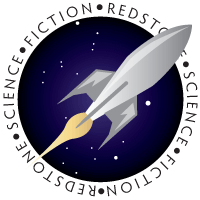
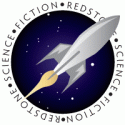



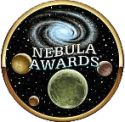
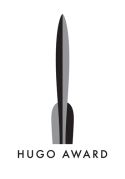








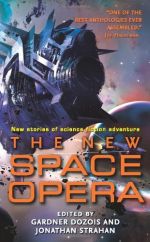
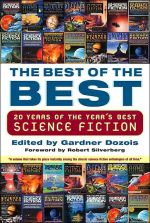


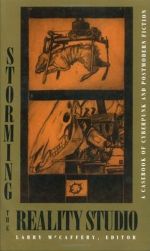



1 comment
[…] Joel Hardy, a Payload Rack Officer for the International Space Station with Michael Ray […]